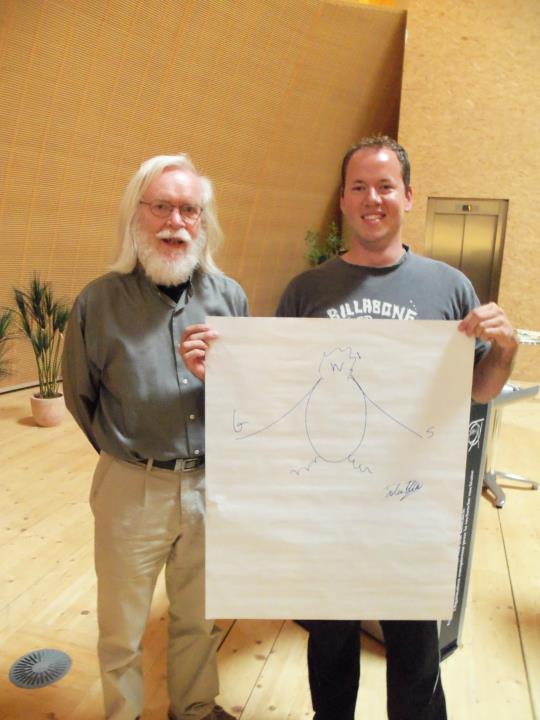JHU Abstract 2014-Reconstructing Bosons and Mesons Using Data from CMS

Reconstructing Mass of W, Z Bosons and J/Psi Meson Using CMS Data
Adam Der (Hereford High School) Jeremy Smith (Hereford High School), Tyler Bradley (Towson high School), Dr. Morris Swartz (Johns Hopkins University)
The purpose of this research was to reconstruct the mass of the Z boson, W boson, and J/Psi meson by using data of the particles decay given to me by CMS. After reconstructing the mass these particles I also researched on how the CMS machine itself detects these particles and the particles they decay into. By reconstructing the mass of these particles I can better understand their movements along with the properties of the particles they decay into. Also I now better understand how these particles are detected through the CMS machine. When reconstructing the masses of these bosons and mesons I found that the Z boson has a mass of 91 GeV compared to its actual mass of 91.2 GeV, the W boson has a mass of 80 GeV compared to its actual mass of 80.4 GeV, and the J/Psi has a mass of approximately 3.1 GeV compared to its actual mass of 3.0969 GeV. An important relationship when reconstructing the mass of a W boson is the relationship between its transverse mass and its true mass. When looking at the transverse mass histogram of a boson you want to look for a drop off in the histogram. Right after the peak into the drop off is approximately the true mass of the boson. You must use this relationship for the W boson because this boson will decay in a lepton and a neutrino. The neutrino cannot be detected by the CMS machine so it is represented as missing transverse energy. Researching the mass and decays of Bosons and Mesons allows us to take a better look at high energy particles as well as anti particles that are produced during their decay.